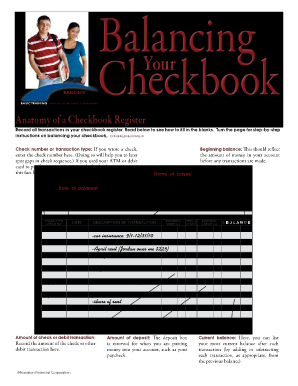

If the original loan made at some point in the past requires the borrower to pay a low interest rate, but current interest rates are relatively high, then a financial institution will pay less to acquire the loan. One key factor that affects what financial institutions are willing to pay for a loan, when they buy it in the secondary loan market, is the perceived riskiness of the loan: that is, given the characteristics of the borrower, such as income level and whether the local economy is performing strongly, what proportion of loans of this type will be repaid? The greater the risk that a loan will not be repaid, the less that any financial institution will pay to acquire the loan. Another key factor is to compare the interest rate charged on the original loan with the current interest rate in the economy. The market where loans are made to borrowers is called the primary loan market, while the market in which these loans are bought and sold by financial institutions is the secondary loan market. Many banks issue home loans, and charge various handling and processing fees for doing so, but then sell the loans to other banks or financial institutions who collect the loan payments. But in practical terms, how can the value of the mortgage loan that is being paid over 30 years be measured in the present? One way of measuring the value of something-whether a loan or anything else-is by estimating what another party in the market is willing to pay for it. This loan is clearly an asset from the bank’s perspective, because the borrower has a legal obligation to make payments to the bank over time. Say that a family takes out a 30-year mortgage loan to purchase a house, which means that the borrower will repay the loan over the next 30 years. Loans are the first category of bank assets shown in Figure 1.

In the example shown in Figure 1, the Safe and Secure Bank holds $10 million in deposits. After all, the bank owes these deposits to its customers, and are obligated to return the funds when the customers wish to withdraw their money. When bank customers deposit money into a checking account, savings account, or a certificate of deposit, the bank views these deposits as liabilities.
CHECKBOOK BALANCE SHEET FOR BANK OF AMERICA PLUS
In either case, on a bank’s T-account, assets will always equal liabilities plus net worth. For a bankrupt firm, net worth will be negative. For a healthy business, net worth will be positive. Net worth is included on the liabilities side to have the T account balance to zero. The net worth, or equity, of the bank is the total assets minus total liabilities. Specifically, the bank owes any deposits made in the bank to those who have made them. Liabilities are what the bank owes to others. For a bank, the assets are the financial instruments that either the bank is holding (its reserves) or those instruments where other parties owe money to the bank-like loans made by the bank and U.S. All firms use T-accounts, though most are much more complex. The “T” in a T-account separates the assets of a firm, on the left, from its liabilities, on the right.

Because of the two-column format of the balance sheet, with the T-shape formed by the vertical line down the middle and the horizontal line under “Assets” and “Liabilities,” it is sometimes called a T-account.įigure 1. A Balance Sheet for the Safe and Secure Bank A bank has assets such as cash held in its vaults and monies that the bank holds at the Federal Reserve bank (called “reserves”), loans that are made to customers, and bonds.įigure 1 illustrates a hypothetical and simplified balance sheet for the Safe and Secure Bank. A bank’s net worth is also referred to as bank capital. A bank’s balance sheet operates in much the same way. The net worth is the asset value minus how much is owed (the liability). the loan obtained to purchase the home) is the liability. In this case, the home is the asset, but the mortgage (i.e. A home provides shelter and can be rented out to generate income. A liability is a debt or something you owe. For example, the cash you own can be used to pay your tuition. An asset is something of value that is owned and can be used to produce something. Analyze the causes of bankruptcy and recessionsĪ balance sheet is an accounting tool that lists assets and liabilities.Describe a bank’s assets and liabilities in a T-account.


 0 kommentar(er)
0 kommentar(er)
